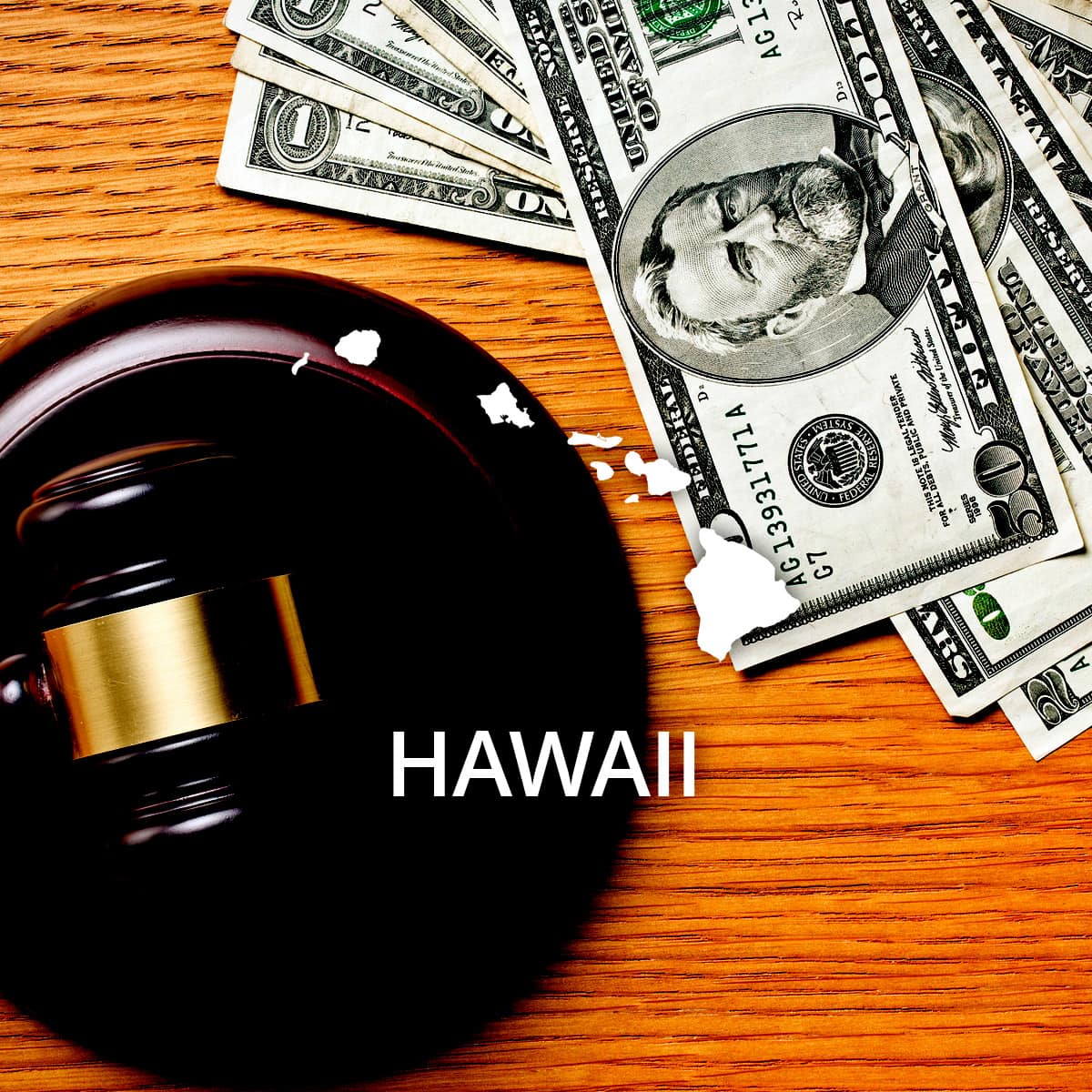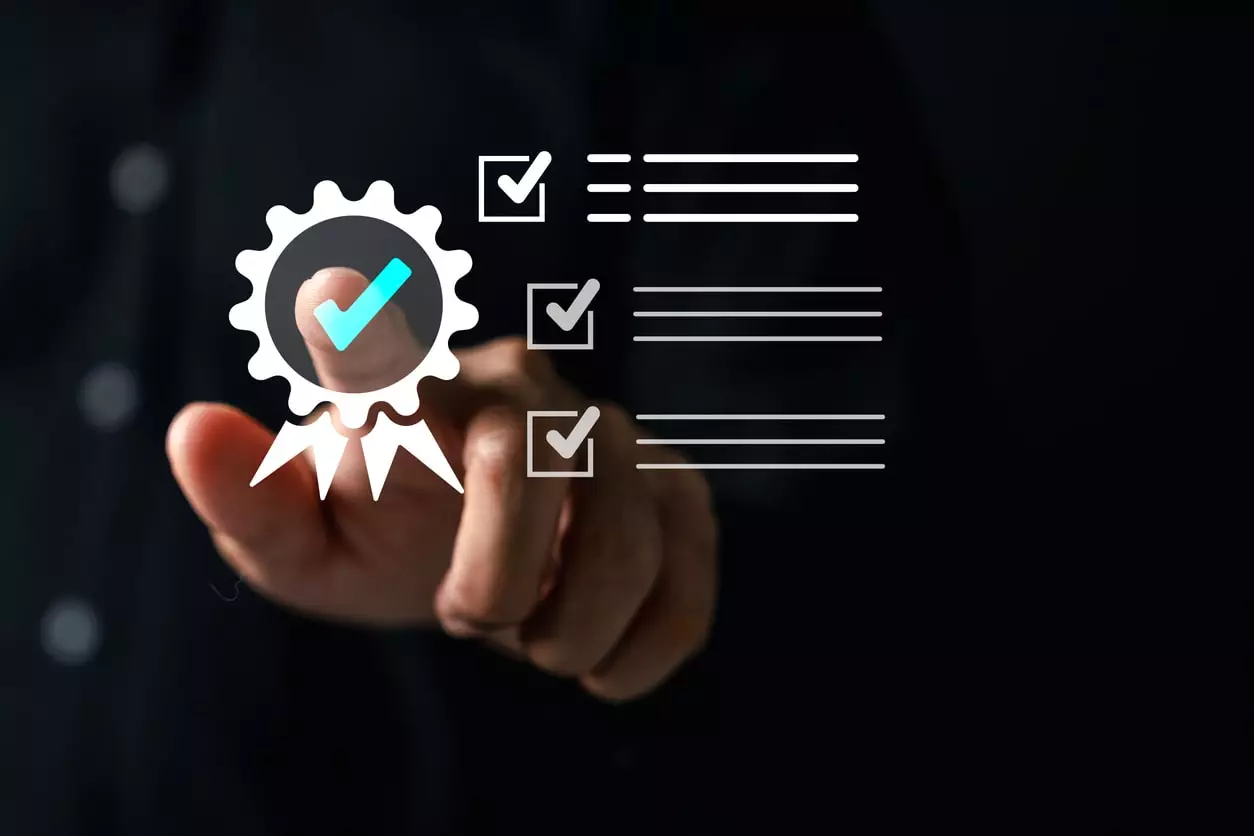 Multiple Bankruptcies: How Often You Can File One?
Multiple Bankruptcies: How Often You Can File One?
Table of Contents
 How to File Bankruptcy in Hawaii
How to File Bankruptcy in Hawaii
 There are four options for bankruptcy filing in Hawaii. A petitioner may file for Chapter 7, Chapter 11, Chapter 12 or Chapter 13. All bankruptcy proceedings adhere to the new federal rules of the 2005 Bankruptcy Act. A petitioner may file at any of the 4 Hawaiian U.S. District Court locations.
There are four options for bankruptcy filing in Hawaii. A petitioner may file for Chapter 7, Chapter 11, Chapter 12 or Chapter 13. All bankruptcy proceedings adhere to the new federal rules of the 2005 Bankruptcy Act. A petitioner may file at any of the 4 Hawaiian U.S. District Court locations.
 Hawaii Bankruptcy Types: Chapter 7, Chapter 13 & Chapter 11
Hawaii Bankruptcy Types: Chapter 7, Chapter 13 & Chapter 11
Filing Bankruptcy Chapter 7 in Hawaii
Chapter 7 code, also known as straight bankruptcy, is typically reserved for people with fewer assets and a high rate of unsecured debt. The assets are liquidated to pay off creditors and give a fresh start to those petitioning. Non-dischargeable debts such as those for child support, student loans or taxes will still remain the responsibility of the debtor.
Filing Bankruptcy Chapter 13 in Hawaii
A reorganization of debt, called Chapter 13 is useful for those who have more assets they would like to keep but still need bankruptcy relief. In many cases unsecured debts are minimized and a debt repayment program is started to eliminate debt in 3 to 5 years. Often those who file for Chapter 13 have a steady income and are able to keep their homes or cars as long as they continue making payments.
Chapter 11 Bankruptcy in Hawaii
Chapter 11 is a reorganization code as well and offers debt relief for business to repay creditors over a period of 3 to 5 years also. A business may stay in operation even after filing Chapter 11. Family farmers or fishermen have a code specifically designed to help in tough financial situations, it is known as Chapter 12.
 How Much Does it Cost to File Bankruptcy in Hawaii?
How Much Does it Cost to File Bankruptcy in Hawaii?
The debtor is responsible to pay for any legal representation as well as the $306 fee for Chapter 7 or $281 fee for Chapter 13. With Chapter 13, the petitioner must also include a repayment summary is his or her schedule.
 Hawaii Bankruptcy Court Forms
Hawaii Bankruptcy Court Forms
Official bankruptcy forms for the U.S. Bankruptcy Courts are available at https://www.uscourts.gov/forms/bankruptcy-forms or RecordsFinder.com Court Forms Section.
 Steps to Filing Bankruptcy in Hawaii
Steps to Filing Bankruptcy in Hawaii
The recent 2005 Bankruptcy Act requires that all petitioners are required to undergo credit counseling before filing. If bankruptcy is found to be in their best interest, there are many steps that follow.
- The first is to determine what type of bankruptcy an individual (or married couple) is eligible for which to file. This is done through Means Test which compares the debtor's income over 6 months with median for the state of Hawaii. If the income is found to be lower, then Chapter 7 may be filed. Those who earn more than the median income have the option of Chapter 13.
- The next step is to gather the necessary paperwork to submit to the court. This may include, but is not limited to, records of recent major financial transactions, deeds to property, vehicle titles, loan information, tax records for 2 years, a list of debts, an inventory of possessions, and details on monthly living expenses.
- Combining the gathered paperwork with needed forms creates what the court refers to as "the schedule". Some petitioners choose to hire legal counsel to help with this step, while others prefer to file bankruptcy on their own.
- Once bankruptcy is filed an automatic stay is directed by the court. This prevents creditors from contacting the debtor and halts any foreclosure proceedings. At this time a court appointed trustee will use the debtor's liquidized assets to pay off as much debt as possible. It is also the trustee's job to hold a 341 meeting where creditors and the debtor will gather face to face to negotiate terms. If no agreement can be found, a judge will intervene.
- Finally, to complete bankruptcy, a petitioner must complete a financial management course approved by the court.
 Hawaii Bankruptcy Court Locations
Hawaii Bankruptcy Court Locations
Hawaii has 4 locations for which to file bankruptcy. The cities where bankruptcy courts can be found are Hilo, Honolulu, Lihue, and Wailuku. The main branch is located in Hawaii's capital city at 1132 Bishop St, Suite 250, Honolulu, HI 96813.




